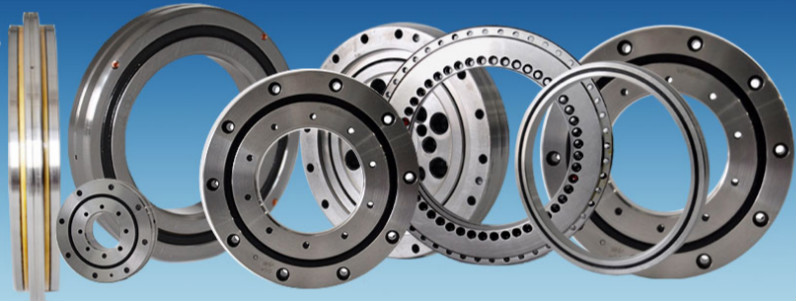
Cryogenic treatment is a kind of technology in which the processed workpiece is placed in a specific and controllable low temperature environment to change the microstructure of the material so as to improve or improve the performance of the material.Due to the change of microstructure of the treated material at low temperature, the wear resistance, dimensional stability, yield strength, tensile strength and other aspects of the material are improved macroscopically.Application industries include aerospace, precision instruments and meters, friction coupling parts, tooling, measuring tools, textile machinery parts, automotive industry and military science and other fields.Cryogenic treatment can greatly prolong the service life of engine parts such as racing cars, motorcycles, ships, skis and kart.
The principle of cold treatment
After austenitizing, the austenite will be transformed into martensite after quenching to room temperature, and the hardness and strength of the steel will be improved obviously.During quenching and cooling of steel, austenite will not be transformed into martensite until it is overcooled to a certain temperature, which is called the starting point of martensite transformation (MS). When the temperature is lowered to a certain temperature, the transformation of martensite will be completed, and this temperature is called the ending point of martensite transformation (MF) (Figure 1).The carbon content of steel, chemical composition, austenitizing temperature affect the austenite into martensite, especially for high carbon chromium bearing steel, there must be some residual austenite after quenching heat treatment and residual stress, and the use of parts performance will produce certain effect (too much residual austenite and the residual stress, easy to produce grinding crack instability in size, etc.).Cold treatment can further transform austenite into martensite, improve the distribution of residual stress in steel, precipitate more fine carbides, and thus play the role of diffusion and strengthening. For non-phase change materials, grain boundary distortion can occur, thus enhancing the matrix properties.
Cold treatment of bearing steel
There are also a lot of studies on cold treatment of bearing steel, including GCr15 steel, aviation high temperature bearing steel, carburized bearing steel, etc. In addition to the toughness is reduced (impact toughness is reduced, with a maximum reduction of 21%[1]), almost all the studies have shown many advantages of cold treatment: Paralympic reduction;Hardness increase;Improved wear resistance;The tensile strength is increased;Fine carbide precipitation, fatigue life and so on.
If you have any questions,pls feel free to contract us.
- YRT rotary table bearing
- YRTS rotary table bearing (high speed series)
- YRTM with integral angular measuring system series
- ZKLDF axial angular contact ball bearing series
- RA series crossed roller bearing
- SX series crossed roller bearing
- CRBH series crossed roller bearing
- RE series crossed roller bearing
- RU series crossed roller bearing
- RB series crossed roller bearing
- XR/JXR series crossed taper roller bearing
- Crossed roller bearing

✉️ bearing20@hyzcgroup.com
📞 +86 15236685001





